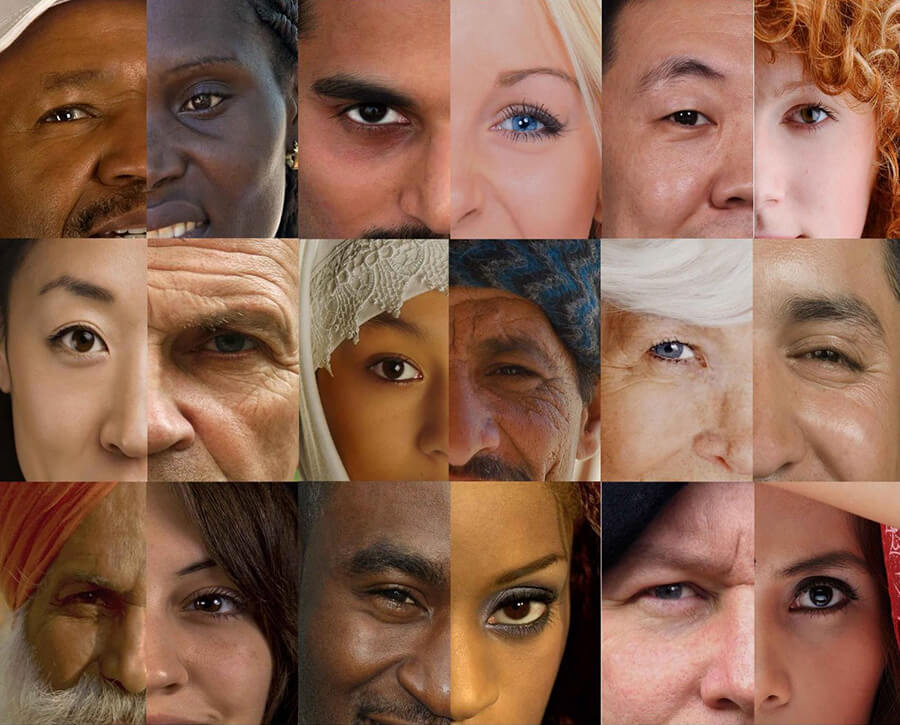
Intercultural Theatre: a vehicle for intercultural dialogue and understanding
“United in diversity” is the motto of the European Union which aims to create collaboration between the State members working for prosperity and peace in Europe, with the attempt to understand the differences of traditions, languages and cultures of the European citizens.
Since the birth of European Union, the idea of working together to create strength had the important target to create a “common Market” with the opening of national barriers to the economic mobility. This goal has been already achieved when the single European Market became a reality in 1993. According to the philosophy of the European Commission “The cornerstones of the single market are often said to be the ‘four freedoms’ – the free movement of people, goods, services and capital. These freedoms are enshrined in the EC Treaty and form the basis of the single market framework”1
However, the common market needed to be supported with a common currency which would facilitate the free exchange within the European members; therefore the introduction of the Euro in 1999 was a major step for the European unity. Eventually, also the Lisbon European Commission “Education & Training 2010” held in March 2000 acknowledged that “The European Union is confronted with a quantum shift resulting from globalization and challenges of a new knowledge-driven economy” and set the Union a major strategic goal for 2010 “to become the most competitive and dynamic knowledge-based economy in the world, capable of sustainable economic growth with more, and better jobs and greater social cohesion”2. So, up to a certain degree, also the educational system has become one of the main tools of European awareness in order to reach a standard level of education as well as to create a social cohesion which should bring together all people, from different cultures, traditions and languages, under the label of “European citizen”.
However we should question some issue: do any attempts in economy, education, and currency really work enough in order to reach the European motto “United in diversity”? Are really the people of twenty-seven member states ready co-operate, dealing with all diversities in Europe? What might be very helpful to create the awareness of diversity among the European citizens?
To some extent the economic approach to the idea of unity does not make any real perception of diversity because the goals are driven more often by economical-based knowledge. I would strongly suggest that the knowledge of cultures gives not only an awareness of multiplicity but reveal also the possibility of collaborating in unity. For this reason, the artistic activities seem to be an appropriate tool to experience diversity.
Dance performances such as flamenco in Spain, the set dancing in Ireland, sirtaki in Greece, Csárdás in Bulgaria, and many others, are not only a different styles of dances but they express also a sets of values, beliefs and folklore which are obviously linked to the traditional past of those cultural realities. Of course, it does not mean that arts are necessarily linked to tradition, in a kind of nostalgia, but rather they can be a possible enrichment for societies which, therefore, might be more prepared to understand diversity.
The concept of arts in general refers inevitably to the concept of creativity. Using the definition acknowledged by the Report of World Commission on Culture and Development “Creativity is not something special, for special people for special moments, it belongs to everyone”. Up to certain degree we use creativity to perform our daily life, to express our feelings, fear, happiness, concern, and it should be not only artistically driven but it can be useful also for problem solving in every imaginable field, creativity is significant in business, education, social policy, because we can apply creativity everywhere.
The attempt is not only promoting creativity for the good of arts di per se but also to allow the understanding of other cultures and of diversity through by exchanging. In this term we can explicitly refer to creativity as a tool for intercultural communication through intercultural dialogue, namely through the understanding of multiple voices, avoiding stereotyping and being ready to the mutual reception of meanings and set of values which allow us to approach a culture with curiosity rather than distrust and arrogance. In this way we are able to negotiate our own culture without necessarily losing our cultural identity, especially when artistic works from different realities are equally confronted.
It can be claimed that there is a small borderline between the need of cultural exchange and the risk of homogenization of cultures in contact: arts overcome this risk. To some extent, arts have a significant function in educating people to understand the others, to cope with cultural encounters, to consider all aspects of personal identity. This multiplicity of functions of arts is quite explicit in the so-called “intercultural theatre”. There are several artistic occasions where the theatrical experiences might be delivered as the intercultural exchange especially in festivals, workshops and exhibitions. Therefore, it is important to encourage arts and creativity as tools to enhance awareness of culture diversity, further more we should consider the extent to which EU plays a very significant rule in the policy of culture enhancing the cultural exchange: art and theatre are stages where the intercultural dialogue can really happen.

